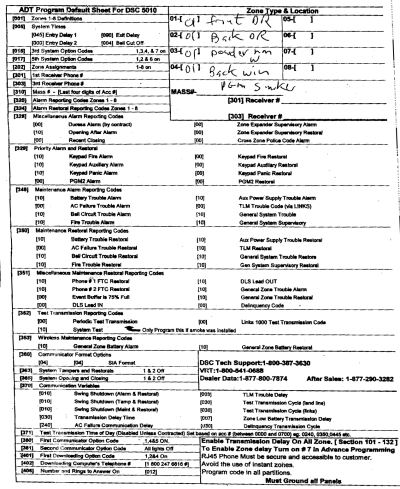So apparently, the Linksys BEFSR81 router that I scored isn’t all it’s cracked up to be. Two major drawbacks are going to force me to get rid of it, possibly with extreme prejudice:
The QoS features of this router are useless. You can do port-based QoS, but that only deals with transfers WITHIN THE LAN. Useless. You can also do ‘application-based’ QoS, but that just marks the outgoing packets with a ToS priority flag, so if your ISP doesn’t respect the flags, it’s useless. Also you have to enter one port at a time, and with Vonage the voice packets could use any UDP port from 10000-20000. ARGH. So no traffic prioritization has actually been happening for the past week, which explains a lot: we’ve been getting occasional echoing and stuttering on Vonage calls. This article at PracticallyNetworked has the skinny on the QoS.
This router seems to have a problem with either UDP streaming or something else, because every so often it just goes batshit crazy and drops ALL LAN TRAFFIC for periods of time – anywhere from 5-15 seconds to minutes. The WAN side stays up, but the LAN just drops 100% of packets. It sometimes comes back, and after resetting the router it’s OK for a while, but this is purely unacceptable. Once when it did this it took 2-3 minutes for Vonage to reconnect and during that time Sandy was trying to get the voicemail. FFS! She was pissed and now I’m pissed. I did a bit of research and found lots of other people having the same issues.
Particularly this guy’s page was informative.
So it looks like I’ll have to either get a new router or use my Linux box. I didn’t want to spend any more money but a Linksys WRT54G or WRT54GS should do the trick with a minimum of fuss. I really don’t want to have to rely on my Linux box for routing because it’ll suck a ton of juice out of the UPS if the power goes out. With just the DSL modem, router, and VoIP box on the UPS it’ll last for hours and hours.
Update my friend Jon writes below that he’s been using the same router, with the same issues. Bleah. I’m going out and getting a WRT54G tonight 🙁

